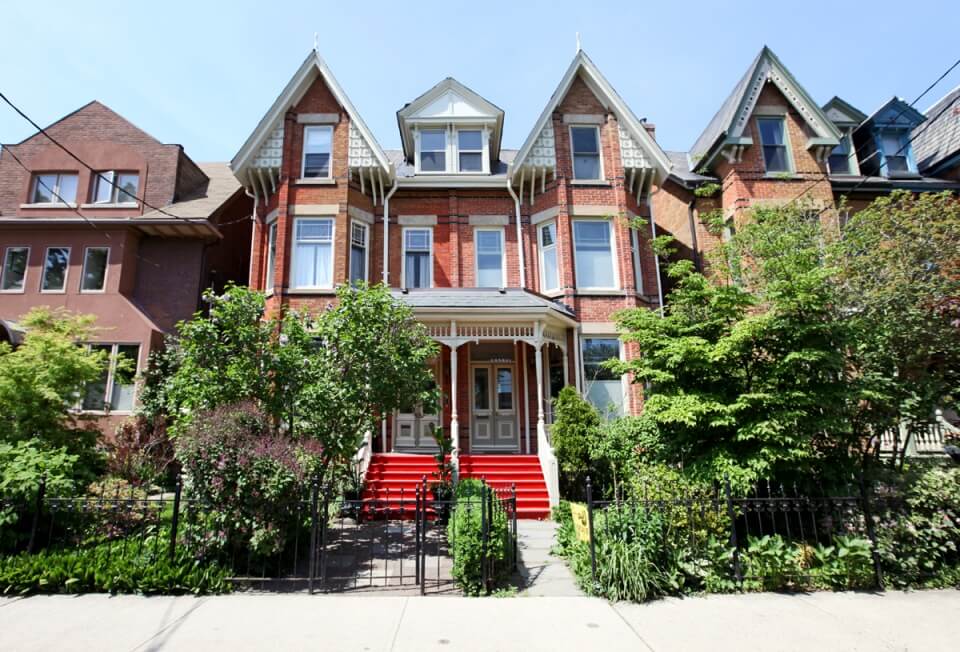
Toronto City Council has officially approved permitting low-rise six-unit multiplexes (“six‑plexes”) in nine wards—including downtown, East York, and Scarborough North—with the option for other wards to opt in later. This marks a transformative moment for housing equity, affordability, and market opportunity in the city.
What Was Approved and Where
- Council approved six‑plex permissions in nine wards: focusing on Toronto & East York, and parts of Scarborough North.
- Implementation includes enhanced infrastructure commitments—like street cleaning and public realm upgrades to support increased density.
- Importantly, the approach leaves other districts (Etobicoke‑York, North York, other areas of Scarborough) able to opt in later, creating a flexible but measurable roll-out.
A Boost for Renters
- Greater supply near transit. Renter options will expand in established neighbourhoods, offering real alternatives to condos priced at a premium.
- Family-sized homes. Six‑plexes can include multi‑bedroom units suitable for families—spawning humanely scaled housing that’s missing from current stock.
- Stabilizing communities. These housing types help encourage aging residents to downsize locally while keeping neighbourhoods vibrant for families.
- Affordability edge. City estimates highlight that “missing-middle” units—triplexes to six‑plexes—could make up ~20% of new housing by 2031, offering rents “$830 cheaper than condos”.
A Strategic Move for Real‑Estate Investors
- Improved market feasibility. Six units per lot provide stronger economies of scale, making projects more attractive to mid-size builders.
- Faster, predictable approvals. The as‑of‑right zoning cuts down on time-consuming variance hearings—though minor variances may still apply, particularly for setbacks and height.
- Smart staging for profit. Developers can build a four‑plex initially and add garden or laneway suites later to avoid development charges on the first units.
- Lower land-cloud risk. With condos struggling and record-low land values, mid-scale rentals are poised for strong returns dry of the bubble.
John Lorinc’s Spacing column “What’s so scary about six‑plexes?” underscores that six‑unit models are not radical—they merely legitimize what already exists in pre‑war Toronto neighbourhood fabric. He notes planners project ~164,000 missing-middle units by 2051, a sign that this is both necessary and achievable.
Toronto’s six‑plex approval is more than incremental reform; it’s a pragmatic, inclusive step towards solving homelessness, affordability, and urban stasis. Renters gain genuine new options; investors gain viable development pathways. And the city avoids costly sprawl by densifying responsibly. With the legal framework decided, the real work begins: turning zoning into much needed homes.
What you must know to become a successful property manager
Running a property management company is no small feat, especially for small-size firms trying to balance profitability with high-quality service....
Why your rental property needs a mid-year check-up
By now you already know that owning or managing a rental property is not just about collecting rent and handling...


